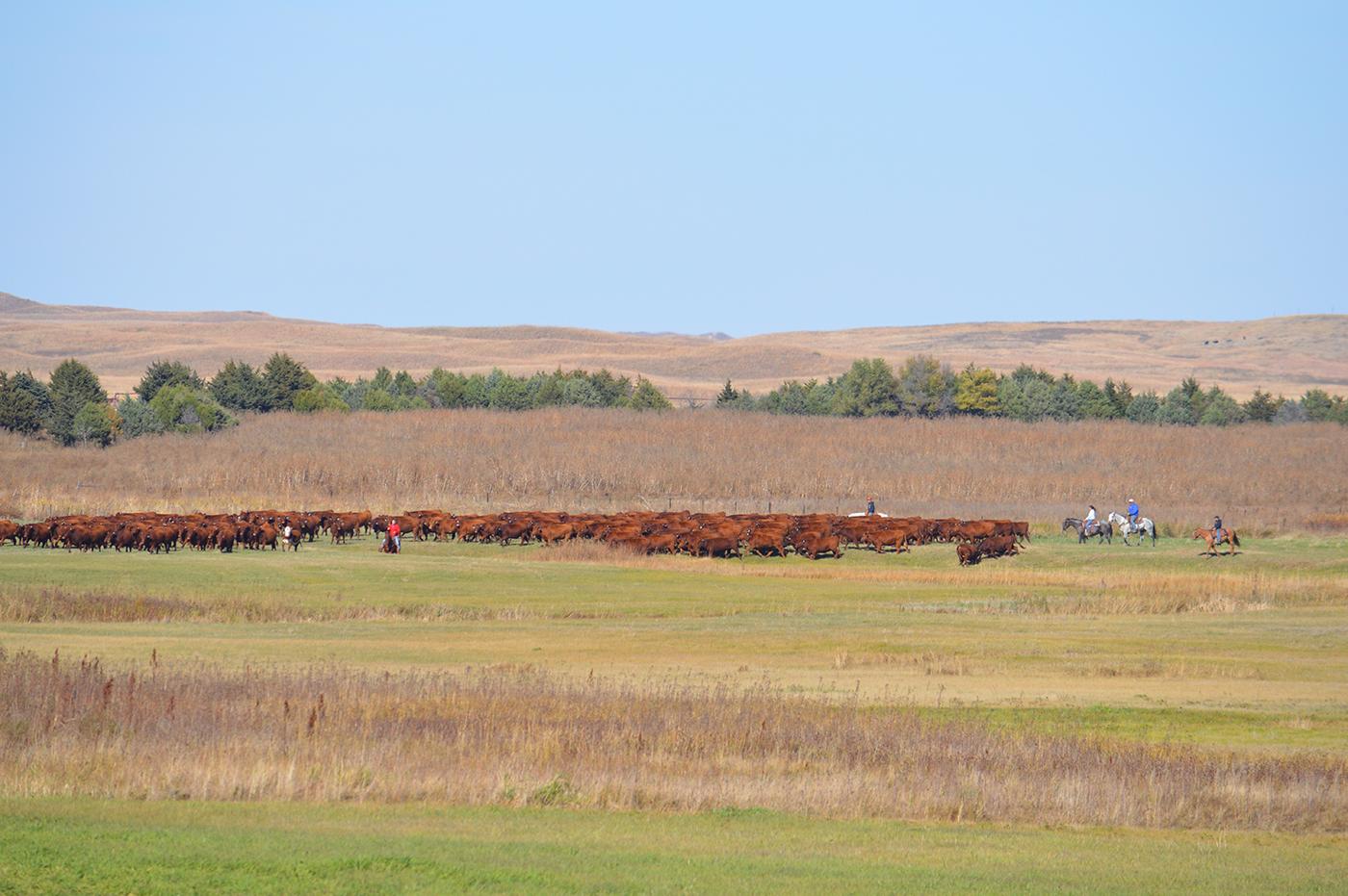Agriculture, while a mainstay of Nebraska’s economy, is just one piece of a complex, multi-layered food system. It includes not only agricultural production but processing, distribution, retail, consumption and waste management. Because of this interconnected relationship, which is remarkably efficient, a ‘shock’ in any one sector can create a ripple effect throughout the entire food system, often on a global scale (e.g., trade tariffs, regional droughts, supply chain disruption).
Agricultural resilience is not purely a metaphor—it is a measure of how much disturbance an agricultural system can withstand before a critical ‘threshold’ is crossed, and the system fundamentally changes. Although potential collapse is critical to understand, because such events in agriculture will have an outsized impact on humanity, resilience also includes dynamics of resistance and bounceback that occur before a threshold is reached.
Why Resilience, Why Now
In a world of rapidly changing landscapes and human and animal populations, there is an urgent need for local and global solutions to the growing list of challenges facing societies. Agricultural production, for example, must increase by more than 70% by 2050 to meet the world’s demand for food, fuel and fiber.
Meeting this goal will require an effort arguably more advanced than any other in human history. Agricultural productivity must dramatically increase, and it must do so while contending with complex and interacting drivers of global change, including extreme weather, soil degradation and biological invasions.
The continued success of modern agriculture is wholly dependent on the natural resources available to sustain it (soil health, water quality/quantity, pest and disease control). Continued intensification, left unchecked, will eventually exceed the resource thresholds provided by the landscape. These critical ‘tipping points’ often signify a point of no return. The importance of Nebraska’s agricultural systems demands an understanding of its response to stress and where these tipping points lie.
In its most basic form, building resilience in agricultural systems is about maintaining agricultural productivity throughout the inevitable uncertainties that exist. Agricultural resilience ensures that management actions do not push the surrounding landscape beyond its limit; future opportunities to produce goods or income are not lost; and new opportunities are created that allow producers to market, learn, innovate, and adapt when shocks occur.
Agricultural resilience isn’t just about the ability of farms and ranches to cope–it is about their ability to transform. Resilient agriculture is robust and adaptable to the accumulating environmental, economic, social, and institutional challenges of today’s world.
Agricultural Resilience in Focus: A Case Study
Excerpts from: Agricultural Resilience: Perspectives from Ecology and Economics. Gardner, S. M., S. J. Ramsden, and R. S. Hails, editors. 2019. Cambridge University Press, Cambridge, United Kingdom. 389 pp. ISBN 978-1-107-66587-3
“The ability to adapt to change and shocks comes from maintaining multiple pathways for agricultural production. The complex nature of agricultural systems at both the agroecosystem and producer level offers a wide range of potential production paths to the producer. However, the ease at which a producer can switch from one production pathway to another depends on the current operation and the capital assets and skills available.
The following example, driven by extreme weather, variable weather patterns, and the financial squeeze of high input costs and falling commodity prices shows how one operation adopted new production pathways that have enabled them to thrive independently while still maintaining a supply path to the mainstream food industry.
Timeless Seeds, Montana
Established in 1987 when four farmers in Montana set out to transition from conventional commodity wheat-growing to pulse crops, particularly lentils, and rotational organic farming in order to save their soils. Falling wheat prices, increased fertilizer cost, soil erosion and rising debt prompted the transition. Abandoned buildings, cooperative working, and ‘crowd-funding’ from a dozen friends and family enabled the development of an independent processing and packaging plant. Premium-quality organic lentils, other pulses and specialty heirloom grains are marketed to the natural food industry and restaurants. Timeless remains a small, farmer-owned company in rural Montana with lentils and grains sold worldwide.”




